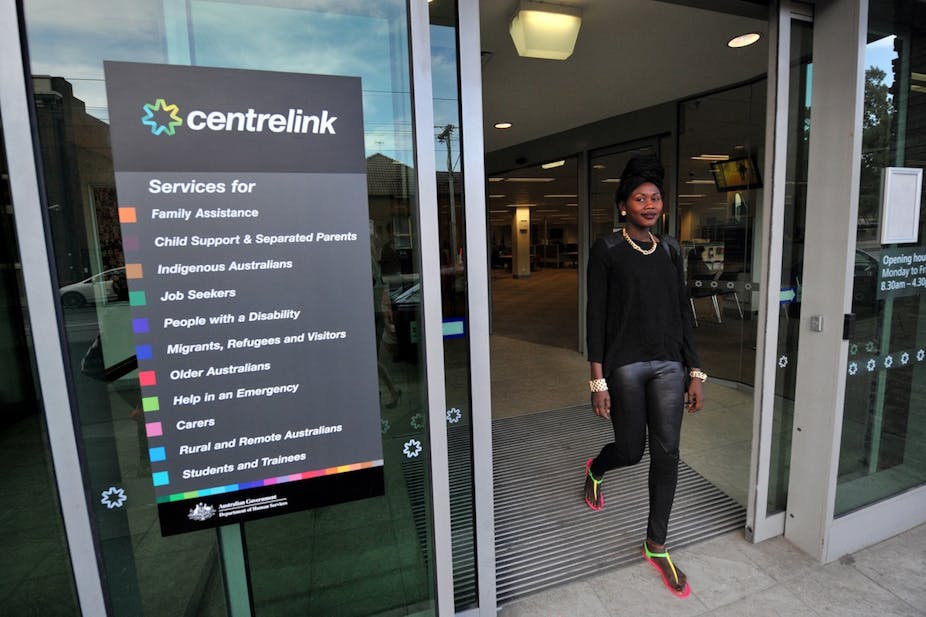Youth unemployment rates (for 15-24 year olds) in Australia have been increasing steadily since the global financial crisis, reaching a new high of 13.9% in February 2015, the highest since 1998.
Business lobbies, and some politicians argue youth unemployment is high and rising because of high wages.
But as I argue in my forthcoming paper in Economic and Labour Relations Review, if we look at the evidence we see that youth unemployment rates have been rising even though youth wages have been falling relative to adult wages.
As we can see from the figure above, unemployment rates of young people have tended to rise in line with, but more rapidly than, adult unemployment rates.
Young people aged 15-19 have consistently had very high unemployment rates, compared to 20-24 year-olds, and compared to adults (25-64 year olds). The figure suggests that whatever is driving adult unemployment is also driving youth unemployment. The main factor driving the growth of adult unemployment (especially since the GFC) has been a slowdown in the growth of aggregate demand. This has led to a growth of both adult and youth unemployment.
Youth unemployment is more sensitive to the business cycle since a high proportion of young people work in part time and casual work and in industries like manufacturing, construction, and retail trades that are most affected by a fall in aggregate demand.
During a downturn young people often end up on the receiving end of the “last-in-first-out” rule. They are almost certainly recent employees and if they are casual or part time, employers do not have to pay them redundancy payments. When the economy picks up, young people find it difficult to find a job since they have little or no experience, and so they may be at the end of the hiring queue.
Almost a quarter of youth unemployed have been so for one year or longer. Considering they have only been in the labour force for a very short period that is a very high proportion.
If we look at underutilisation rates (the unemployed, plus the underemployed, plus the marginally attached to the labour force), we see that female youths (15-24) currently have underutilisation rates of almost 32%, while males do marginally better at 28%.
The role of wages
But is this long-term rising trend in youth unemployment attributable to high youth wages? To evaluate the claim of a causal link from youth wage levels to youth unemployment rates, it’s necessary to investigate the movement of youth wages relative to those of adults. It’s also useful to examine the behaviour of the minimum wage relative to Average Weekly Earnings (AWE), and the movement of the replacement rate (ratio of unemployment benefits to AWE).
Let’s focus on the male youth unemployment rates. Male youth unemployment rates are generally higher than female rates. Women have lower participation rates and employment rates, but they follow similar trends.
The figures above show that youth wages relative to average weekly earnings have been stable or falling for most of the period while youth unemployment rates have been rising. So rising wages cannot really be the reason for rising youth unemployment.
Another often quoted argument for the high and increasing youth unemployment rates is that overall minimum wages in the community are too high. But as the figure below shows, real minimum wages have been almost constant for the past decade. Yet unemployment rates have been rising.
Similarly, the replacement rate (the ratio of unemployment benefits to average weekly earnings) for young people had been falling since 1997, however, youth unemployment rates post-GFC have been rising.
The proposed policy of the Abbott government to restrict unemployment benefits to young people (under 30 years of age) for the first six months of unemployment would have serious consequences for the young. There is no evidence to support the view that youth unemployment is caused by high wages or by high unemployment benefits.

